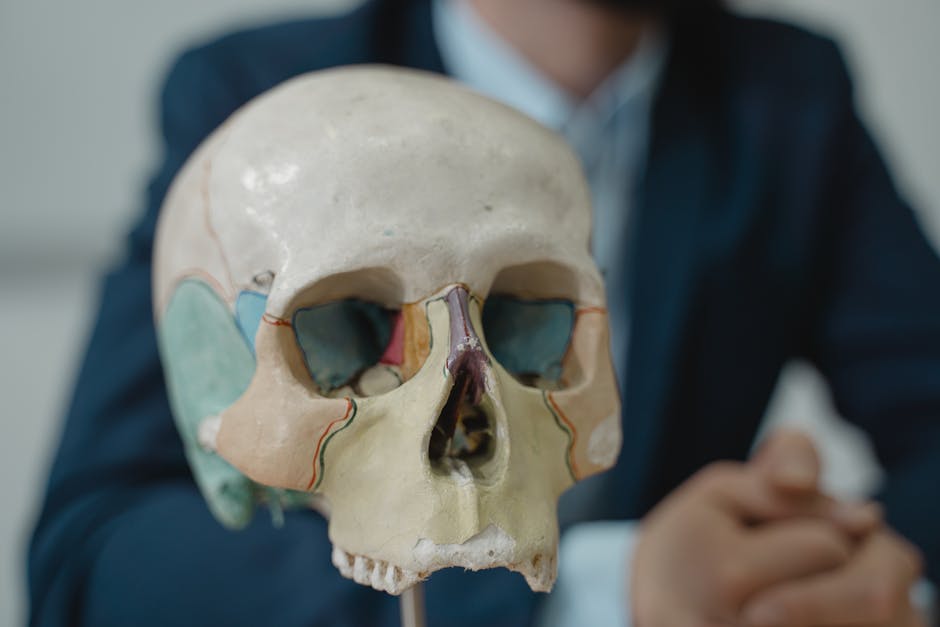
The Science Behind Polygraphy: Understanding Physiological Responses
The polygraph, commonly referred to as a lie detector test, has been a topic of intrigue and debate for decades. But what really happens behind the scenes when someone undergoes a polygraph test? This blog post delves into the science behind polygraphy and explores the physiological responses that form the basis of these tests. Whether you’re curious about how polygraphs work or skeptical about their accuracy, read on to gain a comprehensive understanding of this fascinating subject.
What is Polygraphy?
Polygraphy is the practice of using a device called a polygraph to measure and record physiological indicators such as blood pressure, pulse, respiration, and skin conductivity while a person answers a series of questions. The goal is to determine whether the person is being truthful or deceptive based on changes in these physiological responses.
The Polygraph Machine: How It Works
A polygraph machine consists of several components designed to measure different physiological responses. These components typically include:
- Pneumographs: These measure respiration rates through belts placed around the chest and abdomen.
- Cardiographs: These measure heart rate and blood pressure through a blood pressure cuff.
- Galvanometers: These measure skin conductivity (also known as electrodermal activity) through electrodes attached to the fingers.
During a polygraph test, the subject is asked a series of questions while these physiological indicators are recorded. The idea is that deceptive answers will produce noticeable changes in these physiological responses.
Physiological Responses Measured by Polygraphs
Polygraphs measure a variety of physiological responses that are believed to be associated with deception. Let’s explore these responses in more detail:
1. Heart Rate and Blood Pressure
When a person lies, their body may experience a stress response, leading to an increase in heart rate and blood pressure. This is because lying can trigger the release of adrenaline, a hormone that prepares the body for a “fight or flight” response.
According to a study published in the Journal of Applied Physiology, elevated heart rates and blood pressure are common physiological responses during deceptive behavior. The polygraph measures these changes to detect potential lies.
2. Respiratory Rate
Respiratory rate is another key indicator measured during a polygraph test. When a person is stressed or anxious, their breathing patterns may change. This can include rapid, shallow breaths or irregular breathing.
A research article in the International Journal of Psychophysiology found that individuals who were attempting to deceive showed significant changes in their respiratory patterns compared to those who were telling the truth.
3. Skin Conductivity
Skin conductivity, also known as electrodermal activity, measures the electrical conductance of the skin. This response is influenced by sweat gland activity, which increases under stress. When a person lies, they may become more anxious, leading to increased sweating and higher skin conductivity.
A study in the Journal of Forensic Sciences highlighted that skin conductivity is one of the most reliable physiological responses for detecting deception, as it directly correlates with emotional arousal.
The Accuracy and Controversy of Polygraph Tests
While polygraph tests are widely used in criminal investigations, pre-employment screenings, and security clearances, their accuracy and reliability have been subjects of controversy. Let’s examine both sides of the debate:
Support for Polygraph Accuracy
Proponents of polygraphy argue that the tests are highly accurate when conducted by trained professionals. According to the American Polygraph Association, polygraph tests have an accuracy rate of approximately 85-90%. They claim that the combination of multiple physiological responses provides a comprehensive assessment of truthfulness.
In addition, some law enforcement agencies and government bodies continue to use polygraph tests as a valuable tool for verifying information and identifying deceptive behavior.
Criticism and Limitations
Critics of polygraphy point out several limitations and potential sources of error. One major concern is that physiological responses associated with deception can also be triggered by other factors such as anxiety, fear, or medical conditions. This can lead to false positives, where truthful individuals are incorrectly identified as deceptive.
A report by the National Academy of Sciences concluded that polygraph tests are not sufficiently reliable to be used as the sole determinant of truthfulness. The report emphasized the need for further research to improve the accuracy and validity of polygraph examinations.
Tips for Undergoing a Polygraph Test
If you ever find yourself in a situation where you need to take a polygraph test, here are some actionable tips to help you prepare:
- Stay Calm: Anxiety can affect your physiological responses. Practice relaxation techniques such as deep breathing to stay calm during the test.
- Be Honest: The best way to pass a polygraph test is to tell the truth. Deceptive behavior is likely to be detected through changes in physiological responses.
- Understand the Process: Familiarize yourself with how polygraph tests work and what to expect during the examination. This can help reduce anxiety and improve your overall experience.
Conclusion
Polygraphy, or lie detection, is a complex field that relies on measuring physiological responses to determine truthfulness. While polygraph tests can provide valuable insights, they are not foolproof and should be used in conjunction with other investigative methods. Understanding the science behind polygraphy can help demystify the process and provide a clearer perspective on its capabilities and limitations.
Whether you’re a curious reader or someone facing a polygraph test, we hope this comprehensive guide has shed light on the fascinating science behind polygraphy and the physiological responses it measures.
For more in-depth articles and updates on polygraphy and related topics, be sure to subscribe to our blog and follow us on social media!
